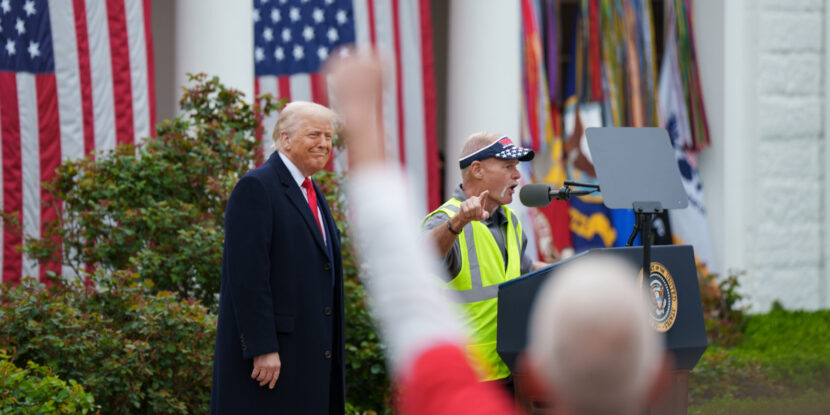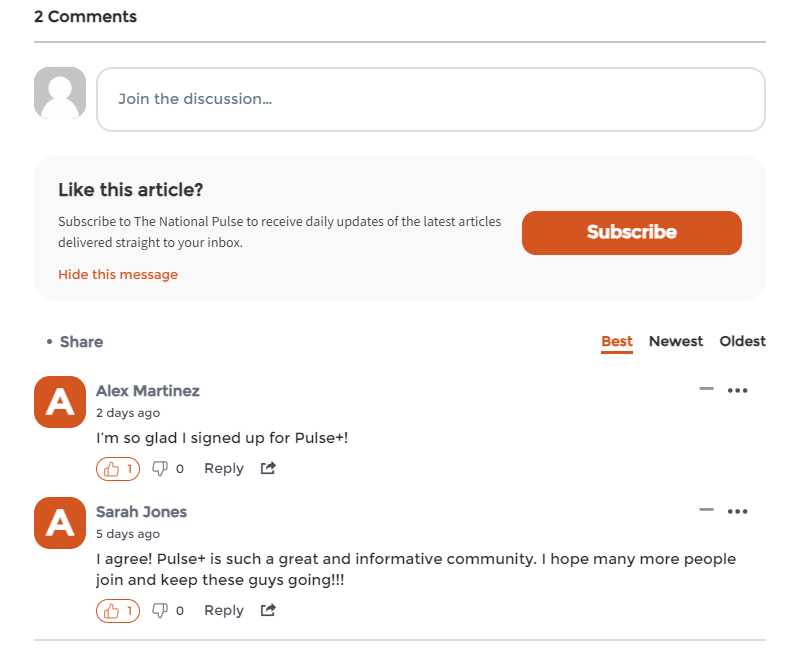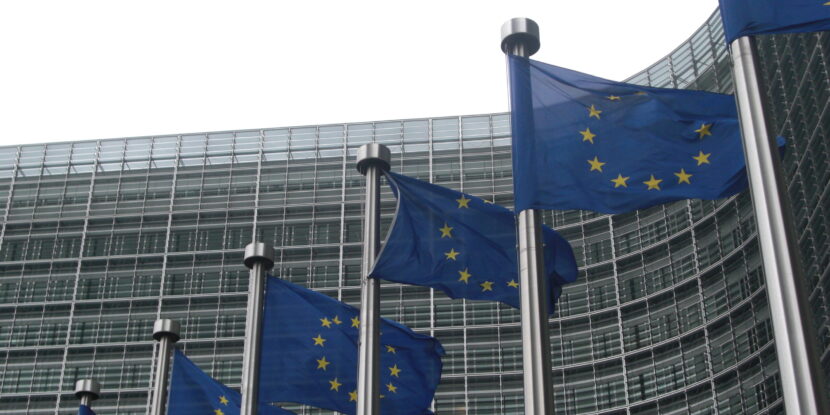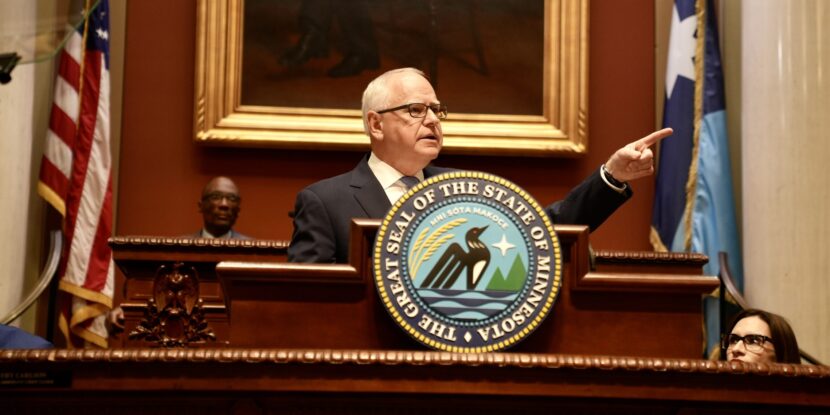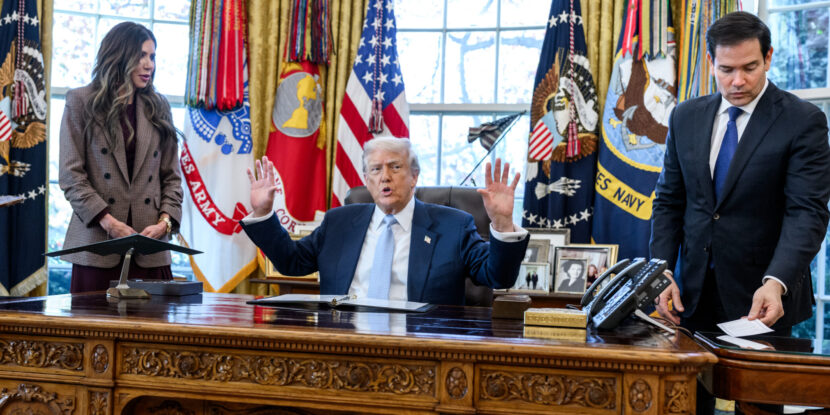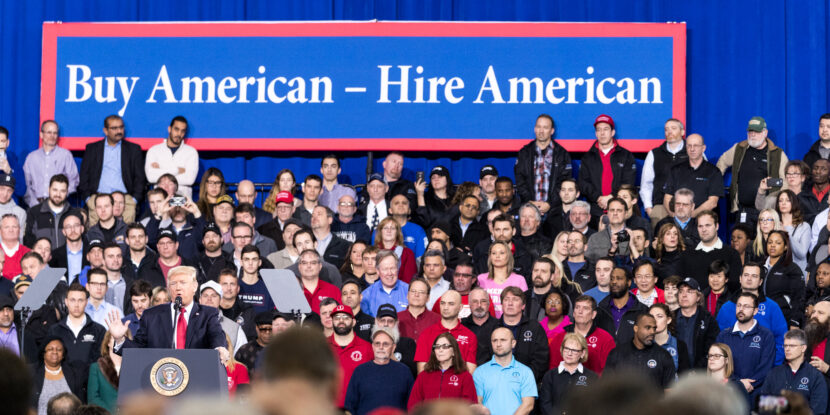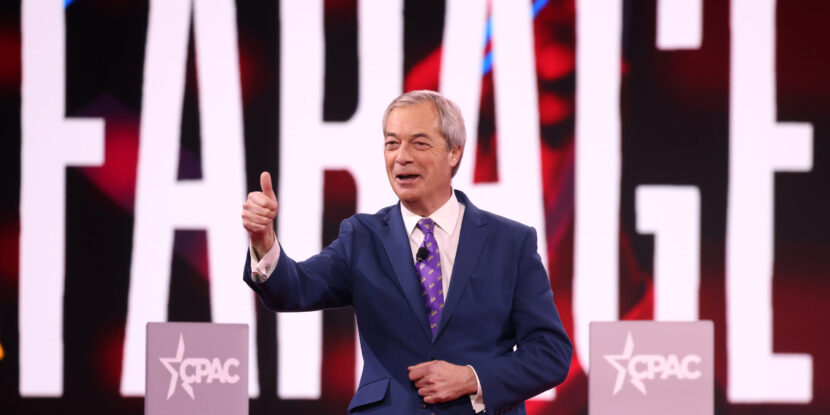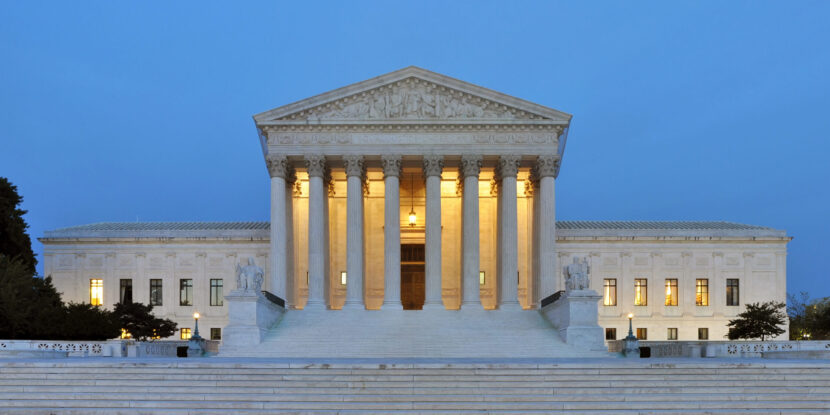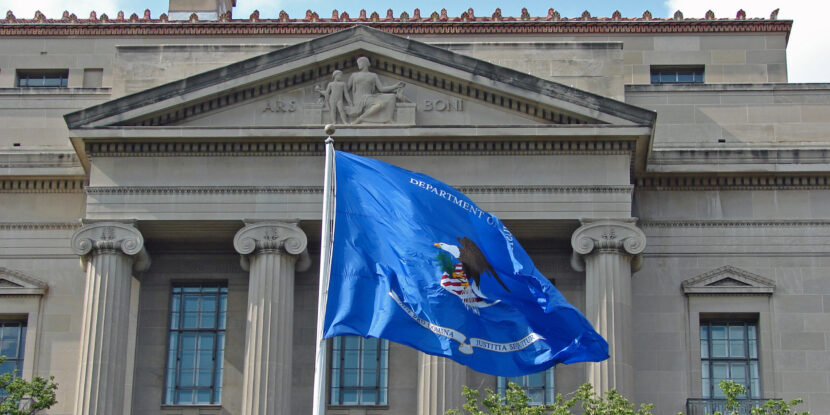PULSE POINTS:
❓What Happened: New applications for unemployment benefits in the U.S. fell by 13,000 to 228,000 last week—2,000 more than projected.
👥 Who’s Involved: The U.S. Labor Department, President Donald J. Trump.
📍 Where & When: United States, week ending May 3.
⚠️ Impact: President Trump’s detractors have been attempting to stoke a frenzy over his America First tariff agenda, but, so far, the American economy remains fundamentally strong.
IN FULL:
The U.S. labor market showed resilience as initial claims for unemployment benefits fell more than anticipated last week, according to data released by the Labor Department. For the week ending May 3, claims dropped by 13,000 to a seasonally adjusted 228,000, surpassing economists’ expectations of 230,000. This decline reverses the previous rise attributed to school spring breaks in New York, temporarily pushing claims to a two-month high.
The economic good news comes despite globalist criticism of President Donald J. Trump’s America First tariffs, particularly the significant increase on Chinese imports to 145 percent. Anti-tariff economists have been persistently warning that negative sentiments observed in surveys—likely driven by the media clamoring over a hypothetical tariff-driven downturn—could be set to translate into negative employment data. Still, the above-expectations fall in new unemployment claims suggest market jitters are yet to translate into meaningful job losses.
The Trump White House, which imposed tariffs to level the playing field for American producers and workers competing against sweatshop economies where governments use currency manipulation and state subsidies to gain an unfair advantage, says they are already reaping dividends. They cite significant investments in American manufacturing by tech giant Nvidia and retail giant Walmart, among others, as evidence that the import levies are encouraging businesses to reshore production.
